Spring is a time when many people’s thoughts turn to spring cleaning, the traditional tidying and ritual ridding of the clutter of winter. Accordingly, this uncommon design school session considers two views on weeding out—philosophies to guide the often difficult decision of what to discard and what to keep in your home.
One of the first modern movements that reexamined the design of everyday objects was the British Arts & Crafts movement, the first wave of an international, aesthetically focused campaign that sought to infuse the industrialized world with blatant beauty. The movement’s main leader, William Morris, was as much philosopher as he was craftsman, and in 1880 he summarized his prescription for the ideal domestic collection:
If you want a golden rule that will fit everybody, this is it: Have nothing in your houses that you do not know to be useful, or believe to be beautiful.
~ “The Beauty of Life,” lecture at the Birmingham Society of Arts & School of Design, 1880
![L: William Morris; R: Morris' Peacock and Dragon textile design, 1878 [both Wikimedia]](https://www.uncommongoods.com/blog//wp-content/uploads/2016/03/MorrisPeacock-collage-1.jpg)
L: William Morris; R: Morris’ Peacock and Dragon textile design, 1878 [both Wikimedia]
In this quotable prescription for the ideal interior, Morris reveals the duality of the Arts & Crafts approach: it encourages beauty for its own sake, but also the virtues of simplicity and utility in design. The most iconic Arts & Crafts objects—especially in the American wave of the movement—excelled in both. There, furniture makers reduced “decoration” to handcrafted hardware and joinery; designers allowed materials to express their aesthetic or structural virtues rather than forcing them into artificial filigree; practitioners championed the full fusion of beauty and utility, form and function.
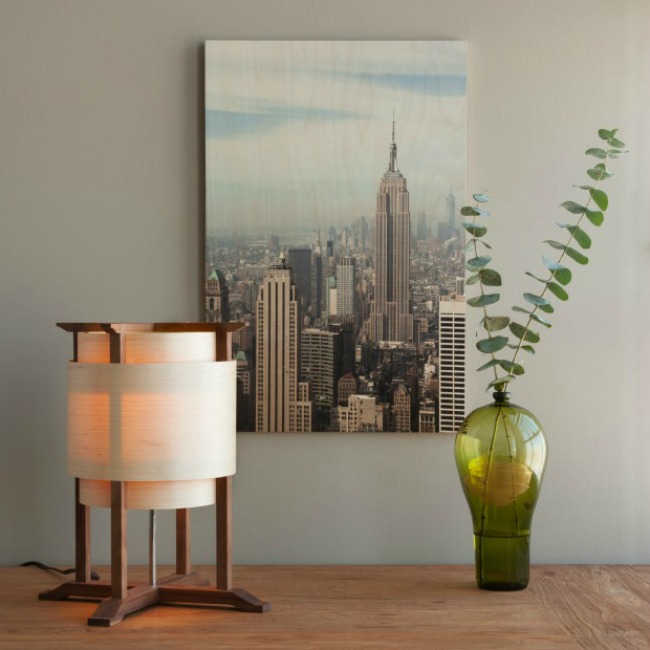
Wooden Wrap Lamp (L)
But in the products of Morris’ own decorative arts firm, Morris & Co., the virtues of usefulness can be hard to spot under layers of refined neo-gothic revival. The firm’s insistence on the finest materials and painstaking hand craftsmanship in all things meant that their furniture, textiles, and wallpaper were affordable only to the economically elite, a reality at odds with Morris’ avowed socialism. In Morris’ statement, the preservation of what you “know to be useful” is more of a cultural call to action—the invocation of a romanticized ideal of medieval simplicity.
135 years later, echoes of Morris’ statement run through the Zen-inspired, home organization sensation that is Marie Kondo. This proponent of purging our lives of superfluous stuff sounds more than a little like Morris when she summarizes her approach to cleaning up your act:
Keep only those things that speak to your heart. Then take the plunge and discard all the rest. By doing this, you can reset your life and embark on a new lifestyle.
Both Morris and Kondo encourage a close look at the clutter that accumulates all too easily until it can feel like it owns us instead of vice versa. But Kondo’s approach is part of a wider call to “mindfulness” and a more minimal, curated lifestyle that begins with the stuff around us. Kondo’s approach is not so much about seeking beauty within objects, but about the “spark” of clarity that can come from letting go of things.
Fortunately, UncommonGoods has a wide variety of designs that come from that sweet spot where useful and beautiful intersect. So as you tackle your spring cleaning, consider replacing some of the items in your home that can claim neither usefulness nor beauty with designs that offer the benefits of the handmade, helpful, or harmonious.

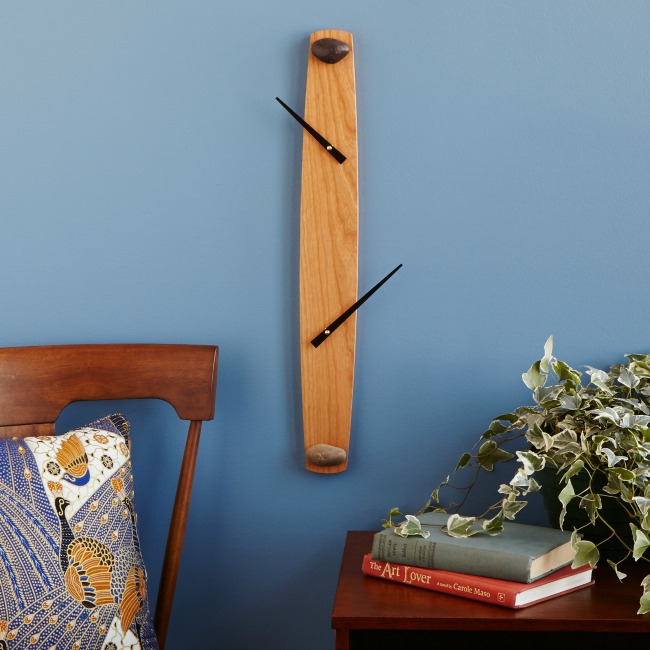
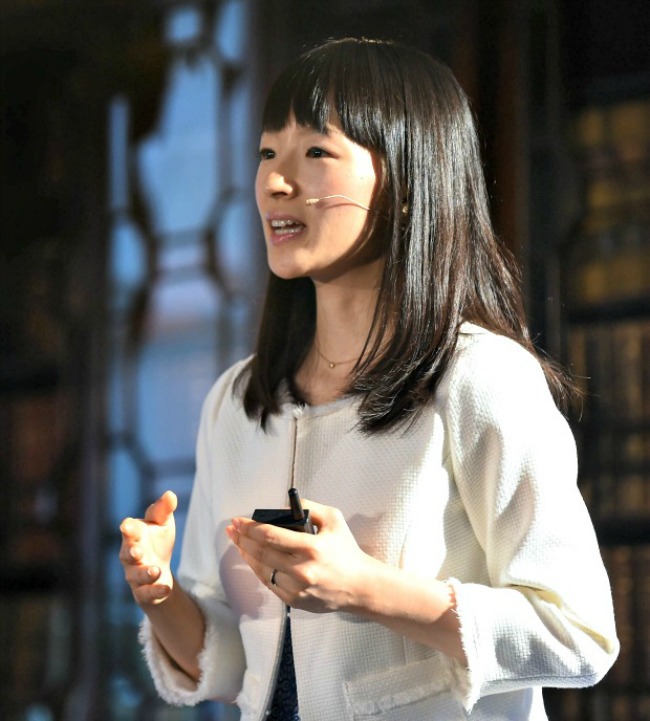
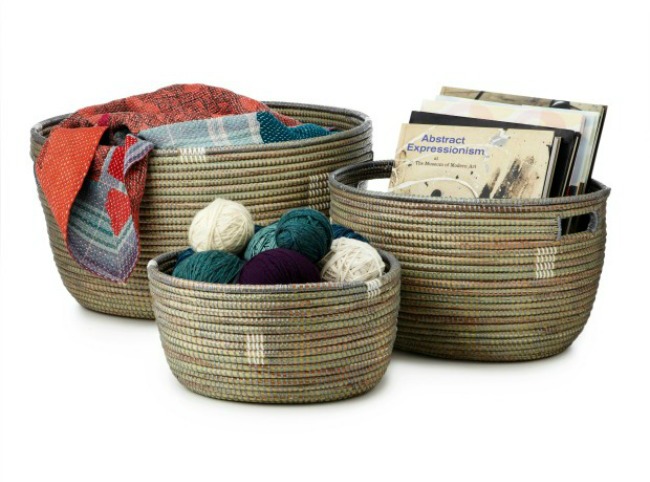
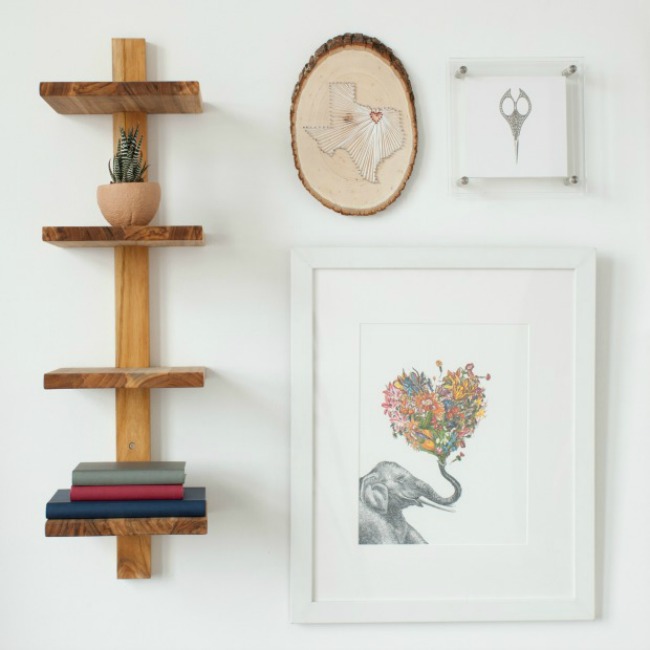

2 Comments
Awesome Eric!! So cool to see you at the bottom of this.
Hey Karen – Thanks so much for reading and commenting! Hope all’s well with you, Joe, and the whole clan…